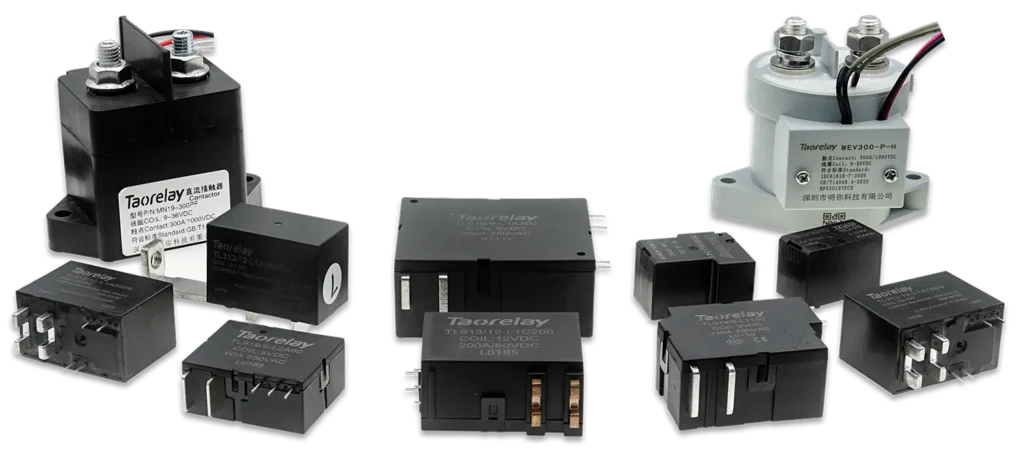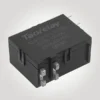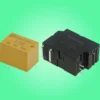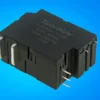What is a Solid State Relay?
A Solid State Relay (SSR) is an electronic switching device that controls power to a load without any moving parts. Unlike traditional Electromagnetic Relays (EMR), which rely on mechanical contacts, SSRs use semiconductor components such as thyristors, triacs, or MOSFETs to switch circuits on or off.
Because there are no mechanical contacts, SSRs are silent, fast, and highly durable, making them ideal for demanding industrial and automation environments.
Key Advantages of Solid State Relays
| Benefit | Description |
|---|---|
| Long lifespan | No mechanical wear; can last millions of switching cycles |
| Silent operation | Absolutely quiet – perfect for noise-sensitive environments |
| Fast switching | Responds in microseconds to milliseconds |
| Shock & vibration resistant | Performs reliably in harsh industrial conditions |
| Low maintenance | No moving parts mean less risk of failure and minimal servicing required |
| Electrical isolation | Optical coupling ensures high isolation between control and load circuits |
Common Applications
Solid State Relays are widely used in:
- CNC and industrial automation systems
- Medical equipment
- Temperature control (e.g., ovens, heaters)
- Packaging and labeling machines
- Lighting systems
- HVAC control systems
Their compact design, silent switching, and resistance to mechanical stress make them a top choice for modern control panels and embedded systems.
Comparison: SSR vs EMR
| Feature | Solid State Relay (SSR) | Electromagnetic Relay (EMR) |
|---|---|---|
| Switching speed | Fast (μs–ms) | Slower (ms) |
| Contact lifespan | >1 million cycles | Limited (50,000–100,000 cycles) |
| Noise | Silent | Audible clicking |
| Mechanical wear | None | Present (due to contacts) |
| Leakage current | Yes (minor) | No |
| Heat generation | Moderate (requires heat sink) | Low |
| Price | Higher | Lower |
| Load types | Resistive, light inductive loads | Broad (resistive, inductive, capacitive) |

Choosing the Right Relay
Choose an SSR if your application requires:
- High-speed switching
- Frequent operations
- Silent and maintenance-free operation
- Operation in harsh, dusty, or vibration-prone environments
Choose an EMR if your priority is:
- Low cost
- Simple switching
- Operation with high inrush or inductive loads (with proper protection)




